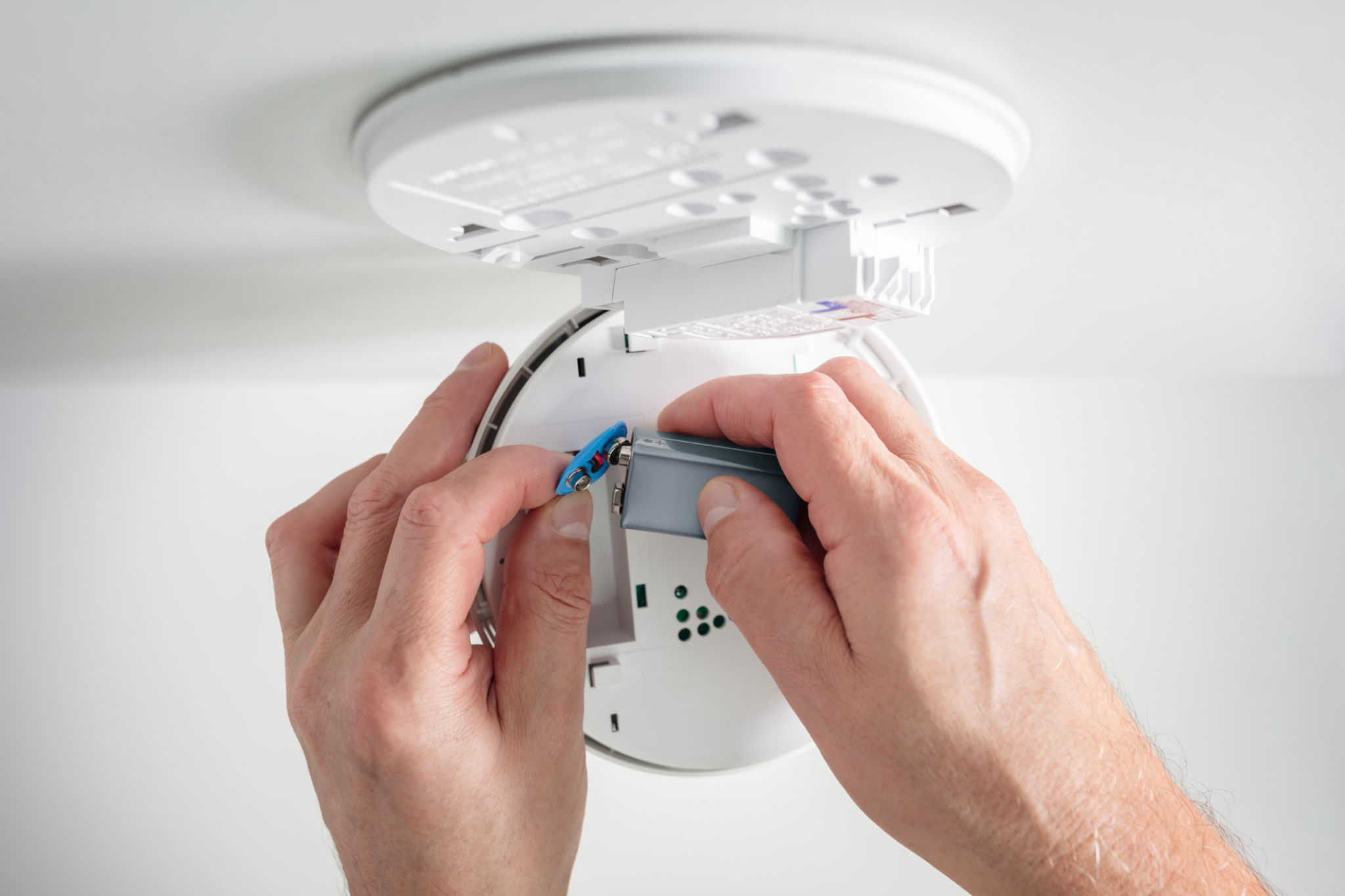Expert Tips for Maintaining Emergency Lighting Systems
Understanding the Importance of Emergency Lighting Systems
Emergency lighting systems play a crucial role in ensuring the safety and security of building occupants during unexpected power outages or emergencies. These systems are designed to provide illumination that facilitates safe evacuation and helps prevent accidents. Regular maintenance of these systems is essential to ensure they function correctly when needed most. Neglecting this can lead to serious consequences during an emergency.
To maintain an effective emergency lighting system, facility managers and building owners must be proactive in their approach. By implementing a comprehensive maintenance plan, you can ensure that all components of the system are in optimal working condition and comply with local safety regulations.
Regular Inspection and Testing
One of the fundamental aspects of maintaining emergency lighting systems is conducting regular inspections and tests. This ensures that all lights are operational and batteries are charged. It is recommended to perform monthly functional tests to verify that all lights illuminate correctly and emergency power sources engage as intended.
Moreover, an annual full-duration test is essential for verifying the system's endurance. This involves simulating a power failure and allowing the system to run on its battery supply for its full rated duration, usually between 1 to 3 hours.

Key Components to Check
During inspections, focus on key components such as:
- Lamps: Check for lamp functionality and replace any that are burnt out.
- Batteries: Ensure they are holding a charge and replace them every 3-5 years, depending on the manufacturer's recommendation.
- Control Equipment: Verify that control panels and switches are operating correctly without any faults.
Adhering to Safety Standards
Compliance with safety standards is vital for maintaining an effective emergency lighting system. Different regions may have specific regulations governing these systems, so it is imperative to be aware of local laws and codes. This usually includes ensuring proper placement, brightness levels, and functionality during emergencies.
Engaging a professional service provider to conduct periodic audits can help identify any compliance issues and provide solutions for rectification. Keeping detailed records of all maintenance activities is also important for demonstrating compliance during inspections.

Upgrading and Modernizing Systems
Technology advancements have led to significant improvements in emergency lighting systems. Upgrading outdated systems with modern solutions can enhance reliability and efficiency. Consider integrating LED lights, which offer longer life spans and lower energy consumption. Additionally, smart technology allows for more efficient monitoring and maintenance through automated alerts and diagnostics.
When planning an upgrade, it is advisable to consult with experts to determine the most suitable solutions for your specific building requirements. This ensures that the system not only meets current standards but also provides enhanced performance.
Training and Informing Building Occupants
A well-maintained emergency lighting system is only effective if building occupants know how to respond during an emergency. Conduct regular training sessions to educate staff and residents about evacuation procedures, including recognizing and following emergency lighting paths.
Clear signage, along with well-lit exit routes, is crucial for guiding occupants during an evacuation. Regular drills can help reinforce these practices, ensuring everyone knows how to act quickly and calmly in case of an emergency.

Conclusion
Maintaining emergency lighting systems is a critical aspect of building safety management. Regular inspections, adherence to safety standards, system upgrades, and occupant training are all essential components in ensuring these systems function effectively during emergencies. By taking a proactive approach, you can safeguard lives and property while achieving peace of mind knowing that your building is always prepared for unexpected situations.
